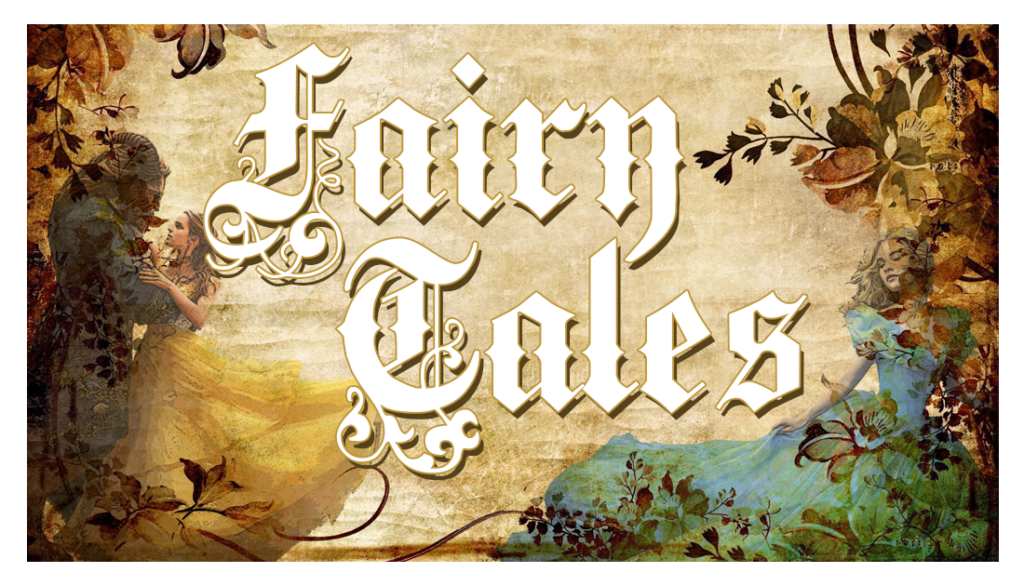Table of Contents
FOREIGN-LANGUAGE FAIRY TALES
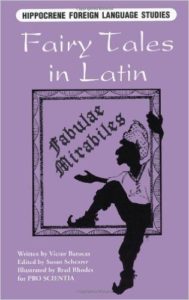
|
Victor Barocas’s Fairy Tales in Latin (Hippocrene Books, 1999) is a collection of twelve classic tales in Latin, among them “Tres Porcelli,” “Novae Vestes Imperatoris,” and “Hansellus et Gretella.” Try this: “Ergo huffabo et puffabo et tuam domum inflabo!” A hoot for young Latin students. |
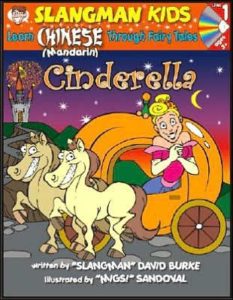
|
In David Burke’s Learn Languages from Fairy Tales series (Slangman Publishing), familiar fairy tales such as Cinderella and Goldilocks and the Three Bears begin in English, then segue into Chinese, French, German, Hebrew, Italian, Japanese, or Spanish. |
| Contes de Perrault is an online collection of ten familiar fairy tales in French. |
POETRY
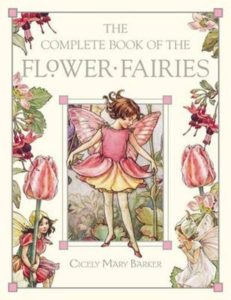
|
The Fairy Flowers books by English illustrator Cicely Mary Barker (homeschooled because she had epilepsy) were first published in the 1920s. There were eight original volumes, each featuring fairy characters, detailed nature paintings, and poems. Titles include Flower Fairies of Spring, Flower Fairies of Summer, Flower Fairies of Autumn, and Flower Fairies of Winter. All are still in print (Frederick Warne & Co.), and their popularity has led to many modern spin-offs. |
| See Flower Fairies for a gallery of Barker illustrations, a newsletter, activity sheets, and Flower-fairy-based games for kids. | |
| William Allingham’s poem “The Fairies” from The Oxford Book of English Verse can be found here. (“Up the airy mountain/Down the rushy glen/We daren’t go a-hunting/For fear of little men.”) | |
| William Butler Yeats’s “The Stolen Child,” his poem about a changeling, can be found here. (“Come away, O human child!/To the waters and the wild/With a faery, hand in hand/For the world’s more full of weeping than you can understand.”) | |
| For Anne Sexton’s poem “Cinderella,” see here. |
SHAKESPEARE’S FAIRIES: PEASEBLOSSOM AND CO.
| There are many available editions of William Shakespeare’s A Midsummer Night’s Dream, featuring a caste of lovers, actors, and fairies, among them, Titania, Oberon, and the mischievous Puck. | |
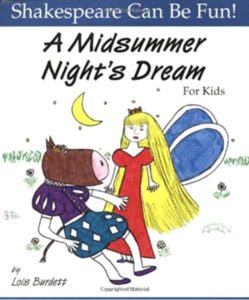 |
Lois Burdett’s A Midsummer Night’s Dream for Kids (Firefly Books, 1997) in the Shakespeare Can Be Fun series, presents the plot in rhyme, with terrific color illustrations by elementary-level kids. For ages 5-8. |
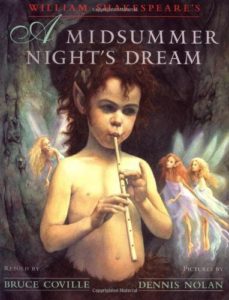 |
Bruce Coville’s 48-page prose retelling of A Midsummer Night’s Dream (Dial, 1996), illustrated with watercolor paintings by Dennis Nolan (who does a particularly appealing Puck), simplifies the plot for ages 7-10. |
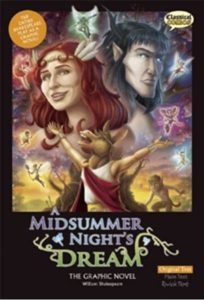 |
Illustrated by Kat Nicholson and Jason Cardy, A Midsummer Night’s Dream: The Graphic Novel (Classic Comics, 2011) is the complete unabridged play, graphic-novel-style, for ages 12 and up. |
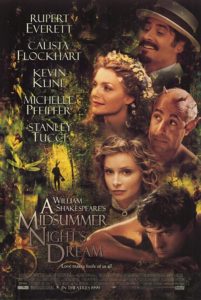 |
Michael Hoffman’s film version of A Midsummer Night’s Dream (1999) stars Kevin Kline as Nick Bottom, the hapless rustic who ends up with a donkey’s head, Michelle Pfeiffer as Titania, and Stanley Tucci as a superb Puck. Rated PG-13. |
| Printable fairy puppets and coloring pages from A Midsummer Night’s Dream can be found here. |
MAPPING FAIRYLAND
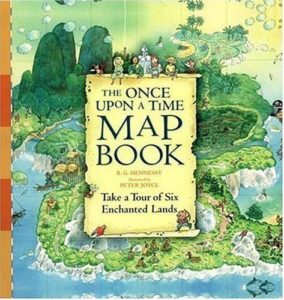
|
By B.G. Hennessy, The Once Upon a Time Map Book (Candlewick, 2010) is a wonderful geographical tour of six fairy-tale kingdoms: the giant’s realm from Jack and the Beanstalk; Snow White’s Enchanted Forest, Alice’s Wonderland, Peter Pan’s Neverland, and Dorothy’s Land of Oz. The maps are gorgeous. Fascinating and inspirational for imaginative mapmakers of all ages. |
| From WikiHow, How to Draw a Map of an Imaginary Place has a list of helpful hints for magical map designers. | |
| Explore “An ancient mappe of Fairyland” created by Bernard Sleigh in the 1920’s. | |
| Here Be Cartographers is a terrific essay on fantasy maps with many illustrations. For teenagers and adults. | |
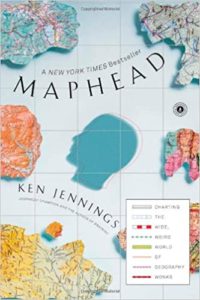 |
Ken Jennings’s Maphead: Charting the Wide, Weird World of Geography Wonks (Scribner, 2012) includes a chapter (“Legend”) on fantasy maps, some superb examples of which have been devised by kids. A great read; if you’re not a map-lover already, this book will turn you into one. For older teenagers and adults. |
